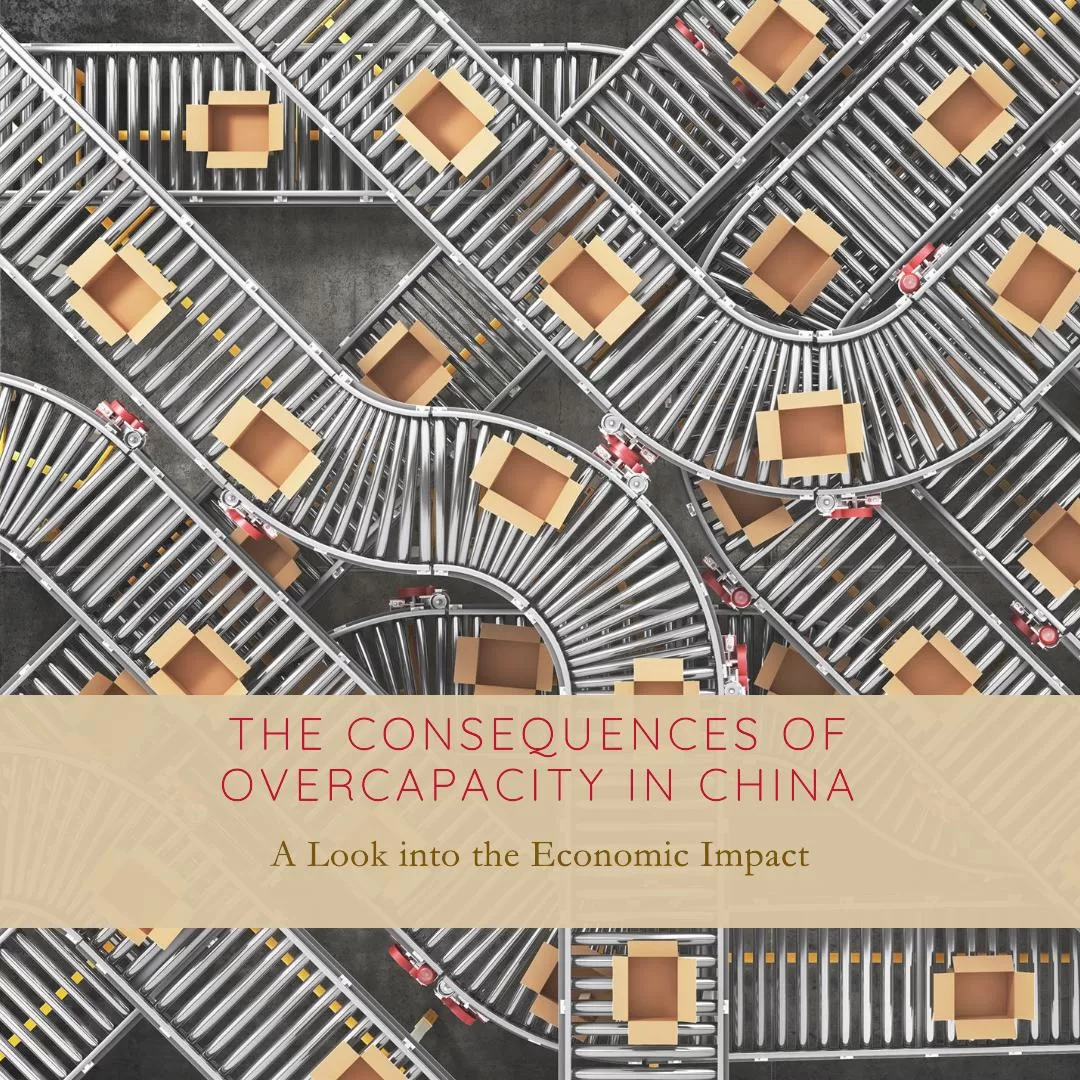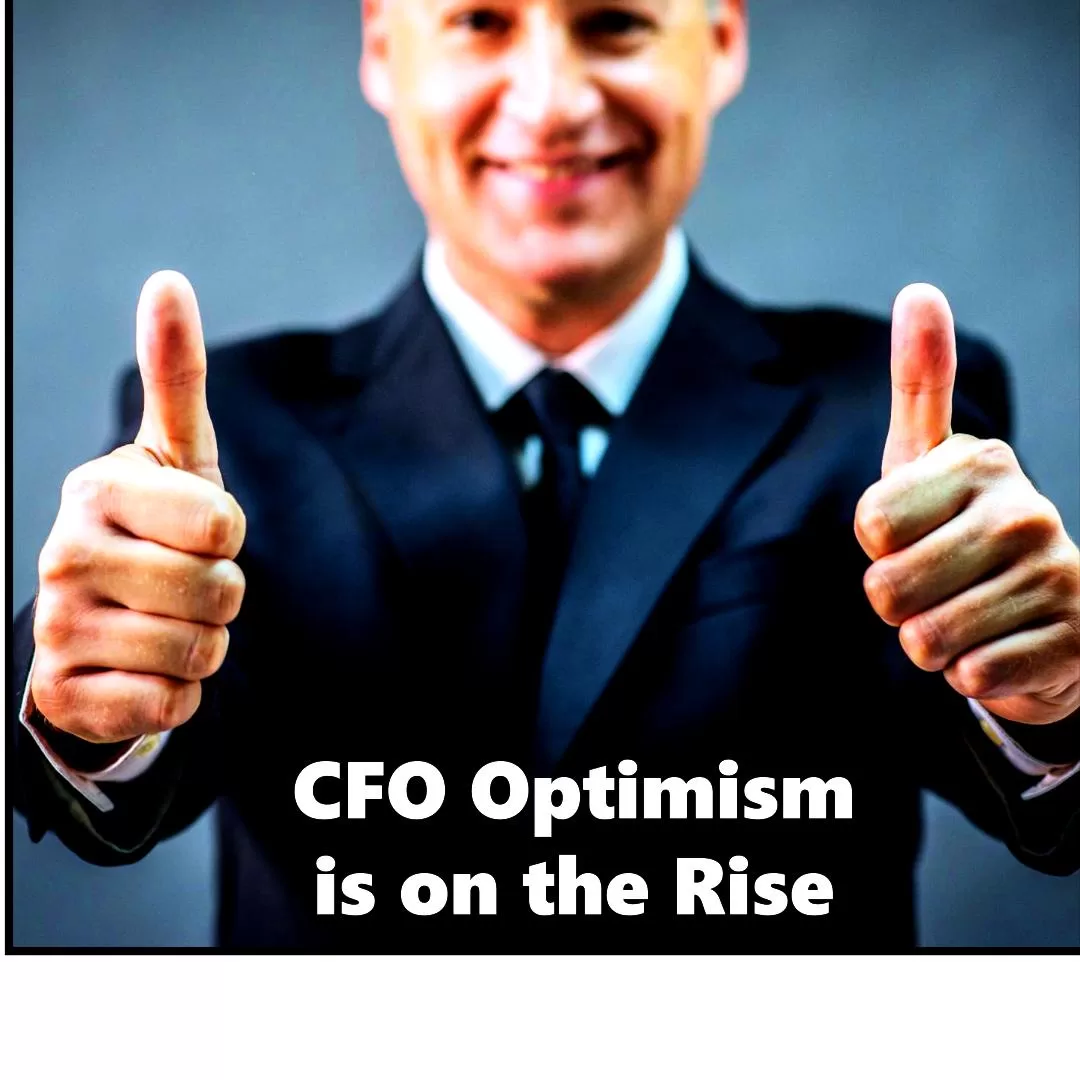Earth Day, observed annually on April 22nd, marks a global celebration of environmental protection and awareness. The origins of Earth Day can be traced back to the late 1960s, a period marked by growing environmental concerns, pollution, and ecological degradation. The catalyst for Earth Day was a culmination of several key events and initiatives:

- Rising Environmental Awareness: In the 1960s, a series of environmental disasters, including oil spills, air and water pollution, and habitat destruction, captured public attention and raised awareness about the need for environmental conservation and stewardship. Books such as Rachel Carson’s “Silent Spring” and increased media coverage of environmental issues contributed to a growing sense of urgency to address environmental degradation.
- Inspiration from Environmental Movements: The environmental movement gained momentum with grassroots activism and advocacy efforts by organizations such as the Sierra Club and Friends of the Earth. These movements mobilized public support for environmental protection, conservation, and sustainable development, laying the groundwork for Earth Day.
- Call to Action by Senator Gaylord Nelson: Earth Day was spearheaded by Senator Gaylord Nelson, a U.S. Senator from Wisconsin, who was inspired by the anti-war protests of the 1960s. In 1969, Senator Nelson proposed the idea of a national “teach-in” on environmental issues to raise awareness and mobilize public support for environmental conservation.
- First Earth Day in 1970: On April 22, 1970, the first Earth Day was observed, with millions of Americans participating in rallies, protests, and educational events across the country. The event galvanized public support for environmental protection and paved the way for the creation of the Environmental Protection Agency (EPA) and landmark environmental legislation, including the Clean Air Act, Clean Water Act, and Endangered Species Act.
The purpose of Earth Day is multifaceted:
- Raise Awareness: Earth Day serves as a platform to raise awareness about environmental issues, including pollution, climate change, deforestation, habitat loss, and biodiversity conservation. Through educational events, campaigns, and media outreach, Earth Day promotes environmental literacy and empowers individuals to take action to protect the planet.
- Mobilize Action: Earth Day mobilizes individuals, communities, governments, and organizations to take concrete actions to address environmental challenges and promote sustainability. From tree planting initiatives and beach cleanups to advocacy campaigns and policy reforms, Earth Day encourages collective action and civic engagement to make a positive impact on the environment.
- Promote Environmental Stewardship: Earth Day promotes the values of environmental stewardship, responsible consumption, and sustainable living. It encourages individuals to adopt eco-friendly practices, reduce their carbon footprint, and support conservation efforts to preserve natural resources and protect ecosystems for future generations.
- Advocate for Policy Change: Earth Day serves as a platform for advocating for policy change and environmental justice. It calls attention to the need for stronger environmental regulations, climate action, and equitable solutions to environmental challenges, addressing the disproportionate impacts of environmental degradation on vulnerable communities and marginalized populations.
Overall, Earth Day embodies the spirit of collective responsibility and solidarity in safeguarding the planet for current and future generations, fostering a sense of environmental citizenship and a commitment to building a more sustainable and resilient world.









